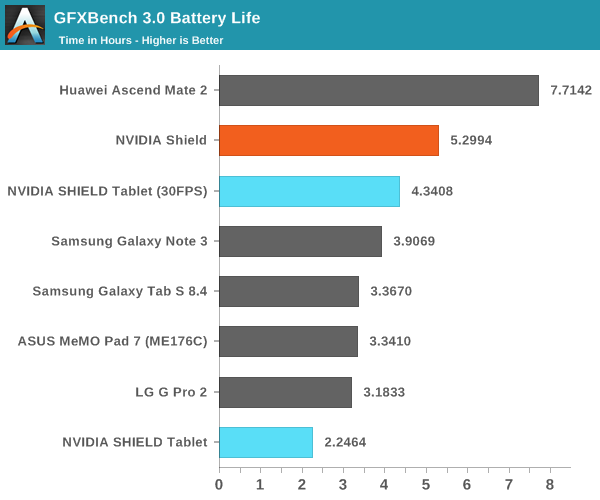A1xLLcqAgt0qc2RyMz0y
Veteran
Because attaining max performance would require unacceptable compromises on other very important things like power consumption, temperature and battery life. And even then you still may not get to max given inherent limitations of the form factor.
You can argue for giving the user software knobs to crank performance to the limits of the cooling system but that's a very bad idea for a mass market device like a tablet.
Ailuros wanted to scale back the performance of both the MiPad and Shield and the Shield can actually handle that performance by design so that throws out your argument of unacceptable compromises.


